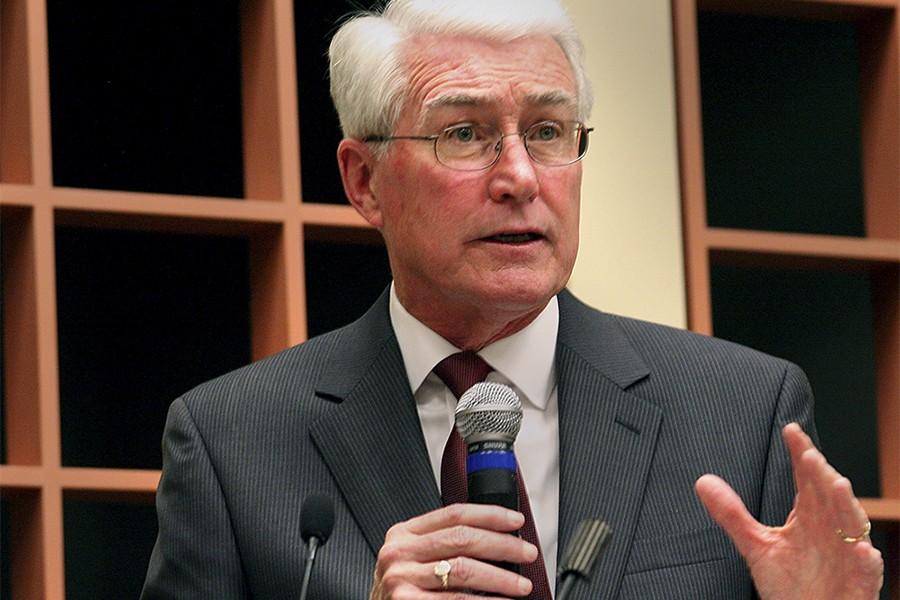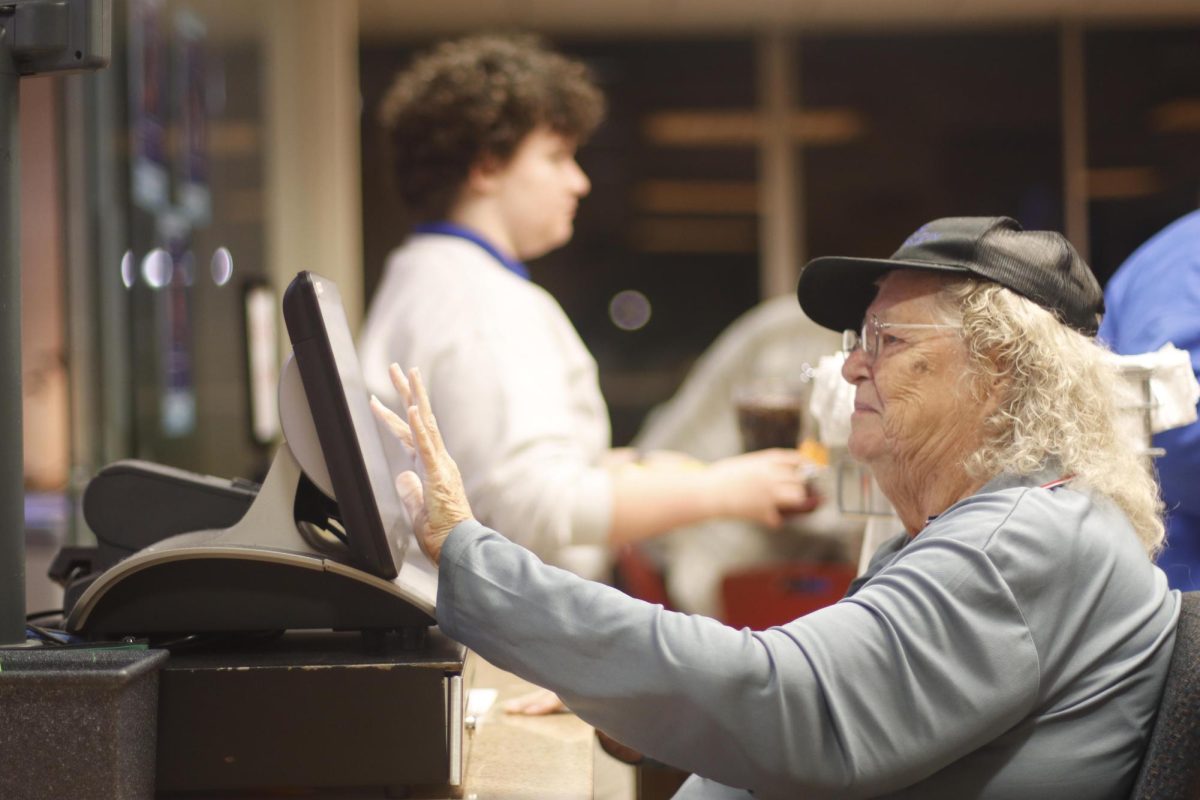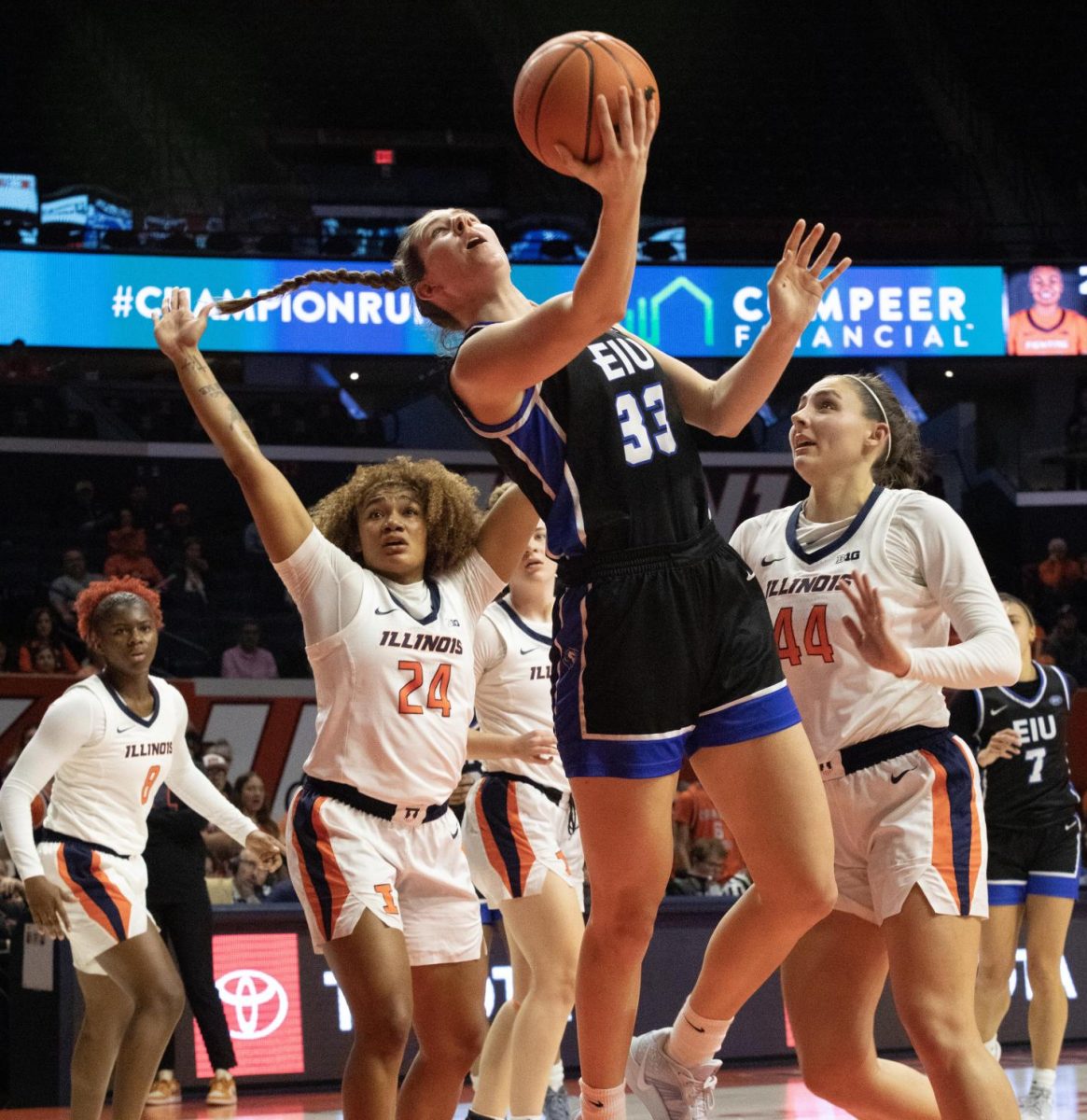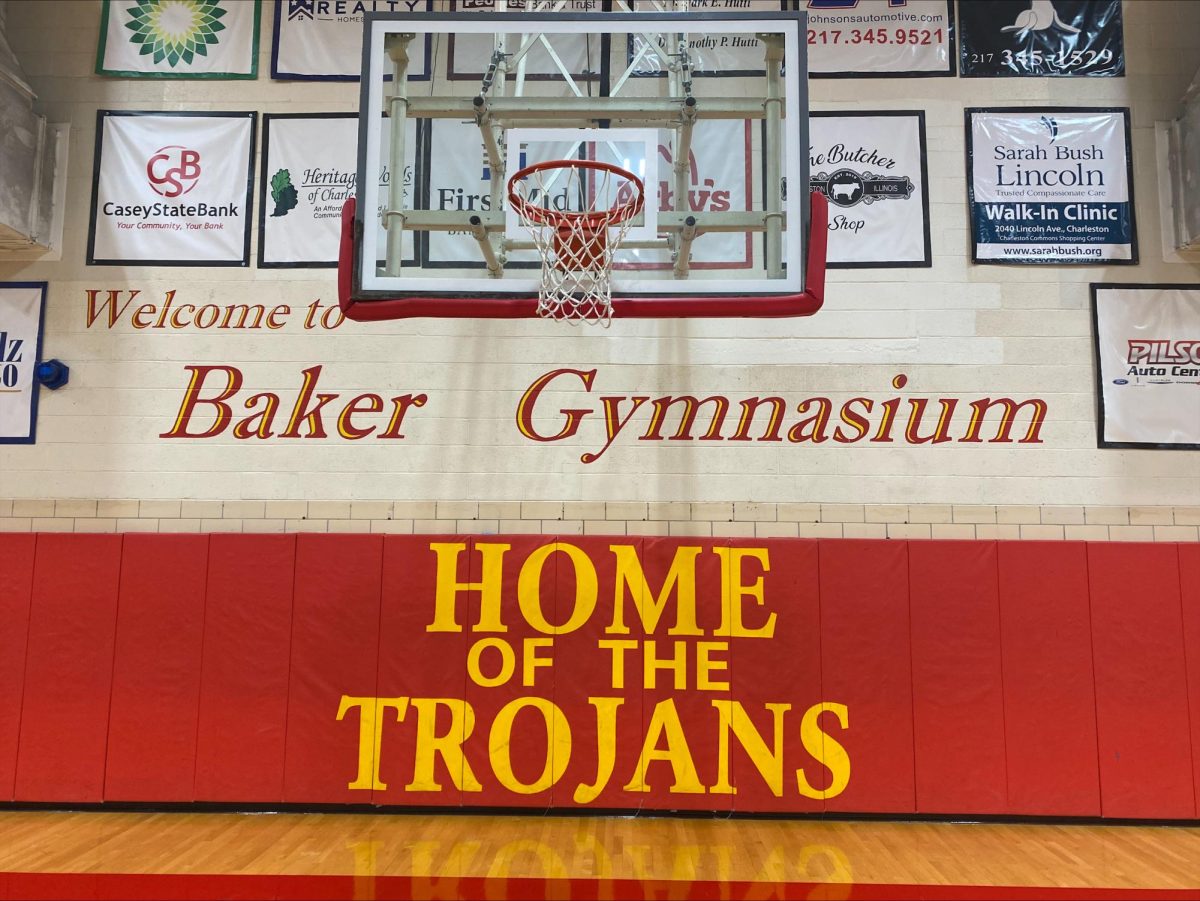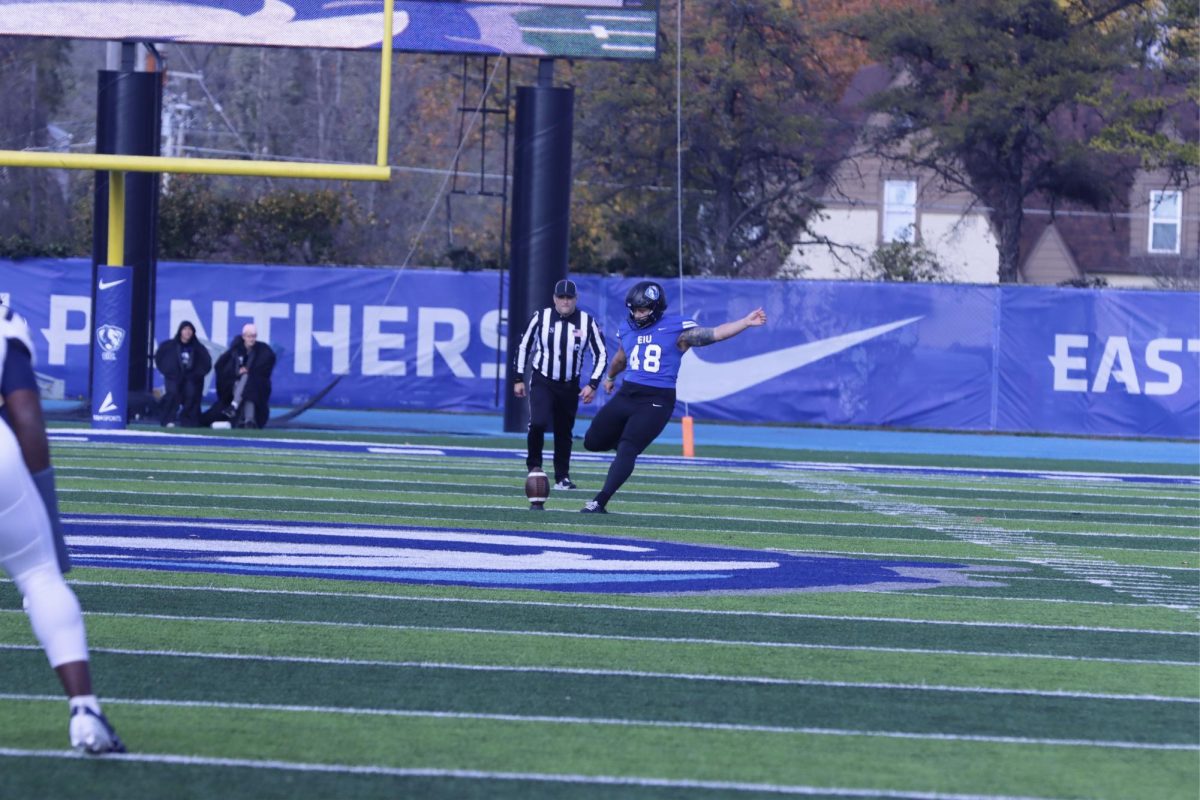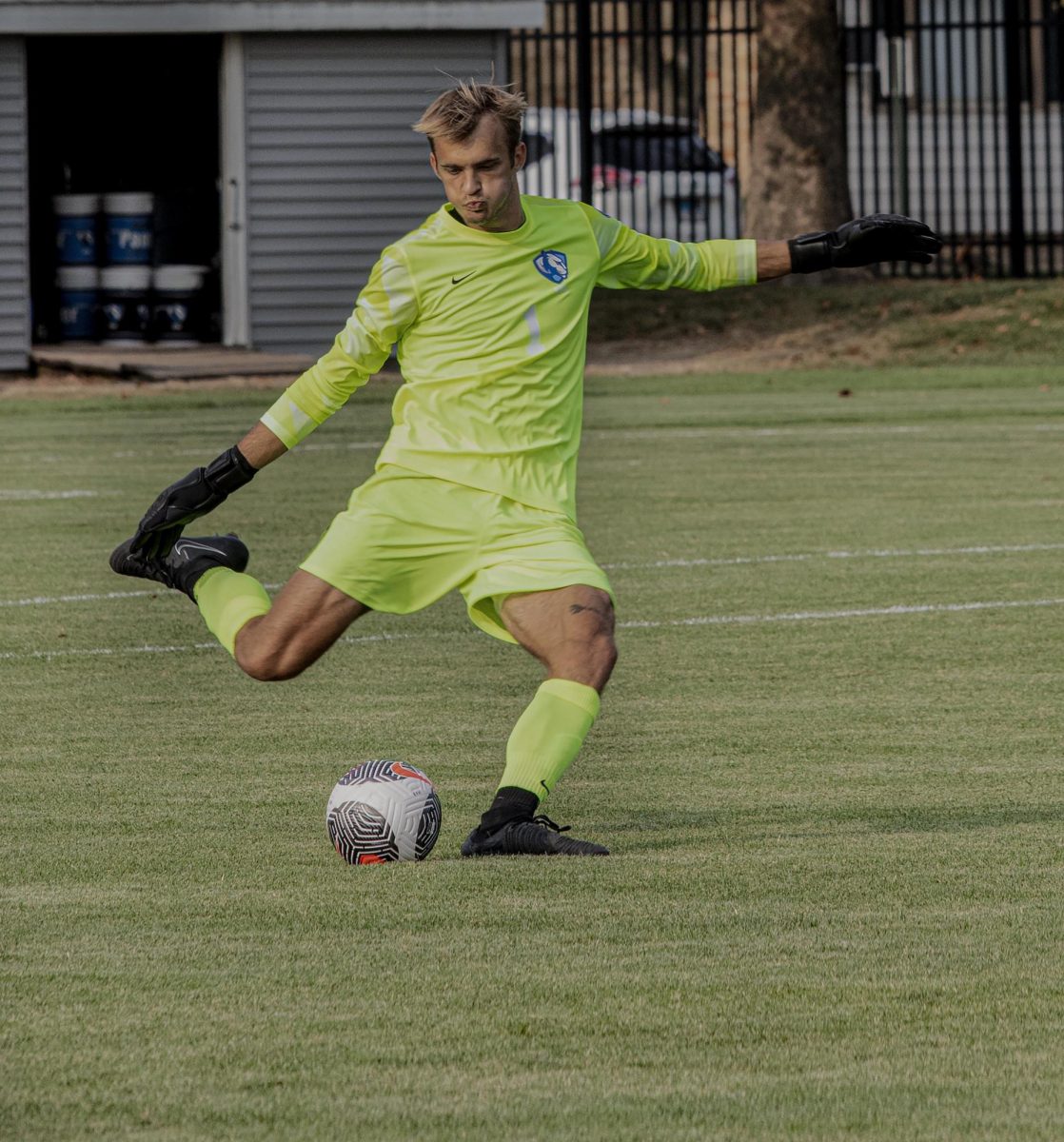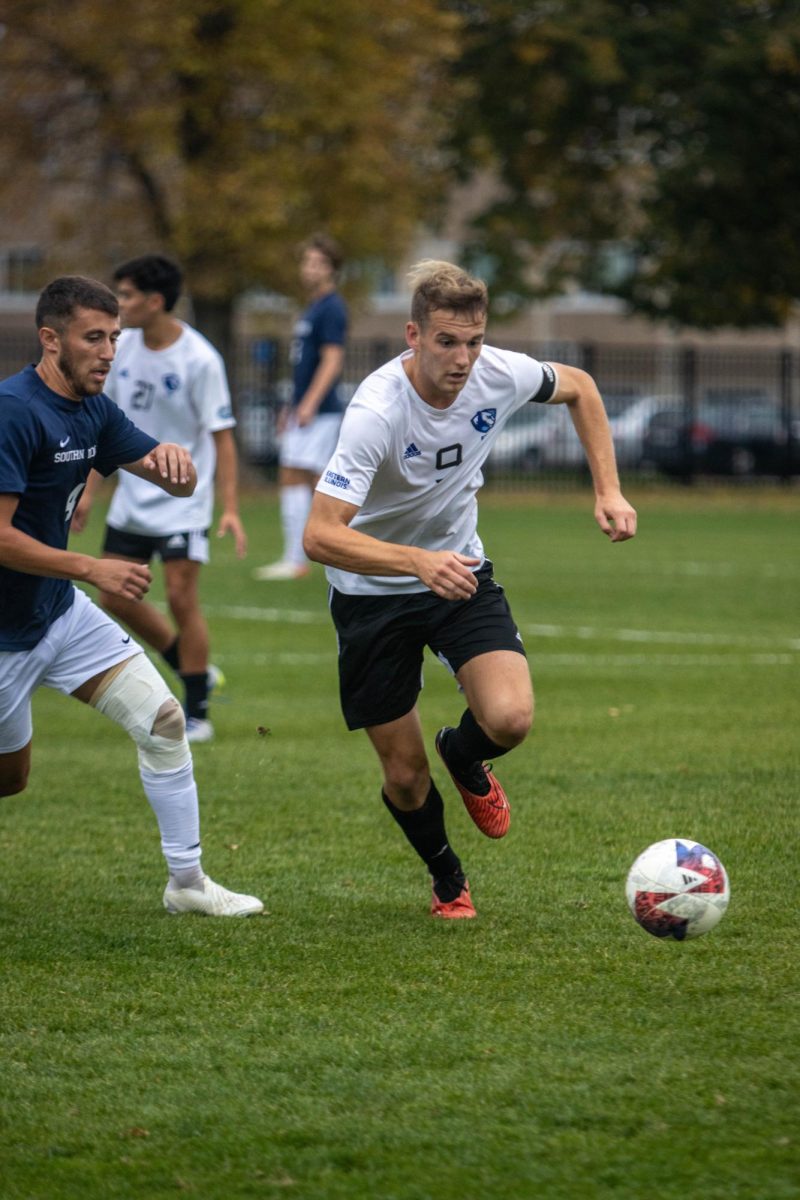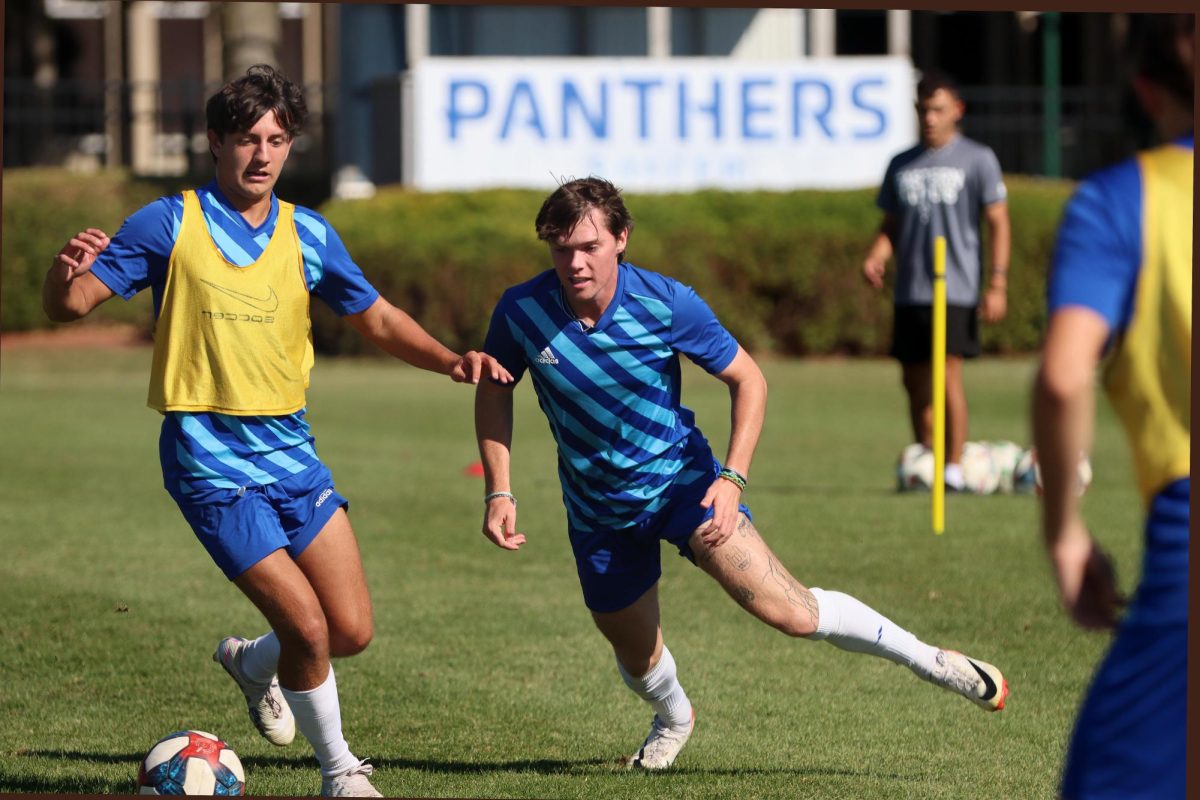New sexual assault policies to affect college campuses
President Barack Obama tackled the issue of sexual assault awareness and prevention for the safety of women and girls by working to establish a task force to protect students from sexual assault.
The memorandum from the White House Office of the Press Secretary was sent to the heads of executive departments and agencies on Jan. 22.
Obama stated in his address that the “prevalence of sexual assault at our Nation’s institutions of higher education is both deeply troubling and a call to action . . . There are a number of federal laws aimed at making our campuses safer and the Departments of Education and Justice have been working to enforce them.”
By law, Eastern is required to have initiatives in place regarding the prevention and reporting of sex crimes, which are discussed and expanded upon monthly by the university’s sexual assault task force.
Section three of the memorandum, however, stated that the White House task force will develop and submit proposals and recommendations to Obama within 90 days of Jan. 22, which will later be forwarded to universities in an attempt to aide them in the creating of safer campuses.
This process put forth by Obama’s administration is similar to the smaller scale efforts put forth at Eastern.
On a list of sexual assault and violence prevention and intervention recommendations released on April 26, 2013, Eastern students, staff and faculty listed in bullet points the programs and improvements they felt necessary to create a safe working, learning and living environment.
The list included a request for the hiring of a sexual assault and violence prevention and intervention officer as well as a request for the development of a social norm and bystander intervention program.
President Bill Perry said since then, many of those requests have been fulfilled or are in the process of being fulfilled. Most prominent of these achievements are the hiring of Jaquelyn Hines, the associate director of sexual assault prevention, and the hosting of regular bystander intervention programs.
In March of 2011 The Council on Women and Girls, a White House task force dedicated to the prevention of violence against women, released a comprehensive compilation of data regarding the United State’s female population. Stated in this informational booklet, “Women in America: Indicators of Social and Economic Well-Being,” was the fact that in 2008, state or local law enforcement agencies made an estimated 22,300 arrests in which rape of a female by a male was the most serious charge. These numbers are equivalent to about 15 arrests per 100,000 men.
Additionally, in a five-year period between 2004 and 2008, the National Crime Victimization Survey reported that 54 percent of women who reported having been victims of rape said the police were not notified.
With the issue of sexual assault on college campuses having been widely and publically talked-about issue at Eastern during the 2012-2013 school year, the reporting process of sexual assault in Charleston has been a frequent inquiry, said David Closson, the University Police Department crime prevention officer.
At a public university such as Eastern, certain staff members are considered mandated reporters, required to report crime including sexual assaults to the necessary authority via chain of command, even if the report is anonymous.
“The Clery Act requires that we include data regarding crimes reported anonymously or confidentially,” Closson said. “In this context, ‘confidential’ means that the report was received by a confidential resource on campus, such as a staff member at the Counseling Center.”
Even with federal laws in place requiring mandated reporting and swift investigation of alleged assaults, Obama said in his memorandum that he doubts universities’ full cooperation.
“Survivors of rape and sexual assault must also be provided with information on how to access the support and services they need,” he said. “Reports show, however, that institutions’ compliance with these Federal laws is uneven and, in too many cases, inadequate.”
Eastern’s annual security report for 2012 reported five sex offenses on campus, three of which occurred in a residence hall.
Since those reports, Perry said Eastern has worked to compose a comprehensive and easy-to-navigate webpage on the university’s site, connecting survivors to all necessary and available resources on campus.
Additionally, Eastern’s sexual assault task force last met Jan. 24, where they discussed further room for improvement regarding educating the student body on the issue.
These initiatives include plans to amend AlcoholEdu to be more inclusive of debunking rape myths as well as hosting a “sexual assault talk show” in collaboration with the HERC to work toward a similar goal.
Eastern’s sexual assault task force meets next on Feb. 21.
Within one year of Jan. 22, Obama’s task force will provide a report to the president with plans on how to implement the recommended efforts in regard to the memorandum.
Katie Smith can be reached at 581-2812 or kesmith2@eiu.edu.




